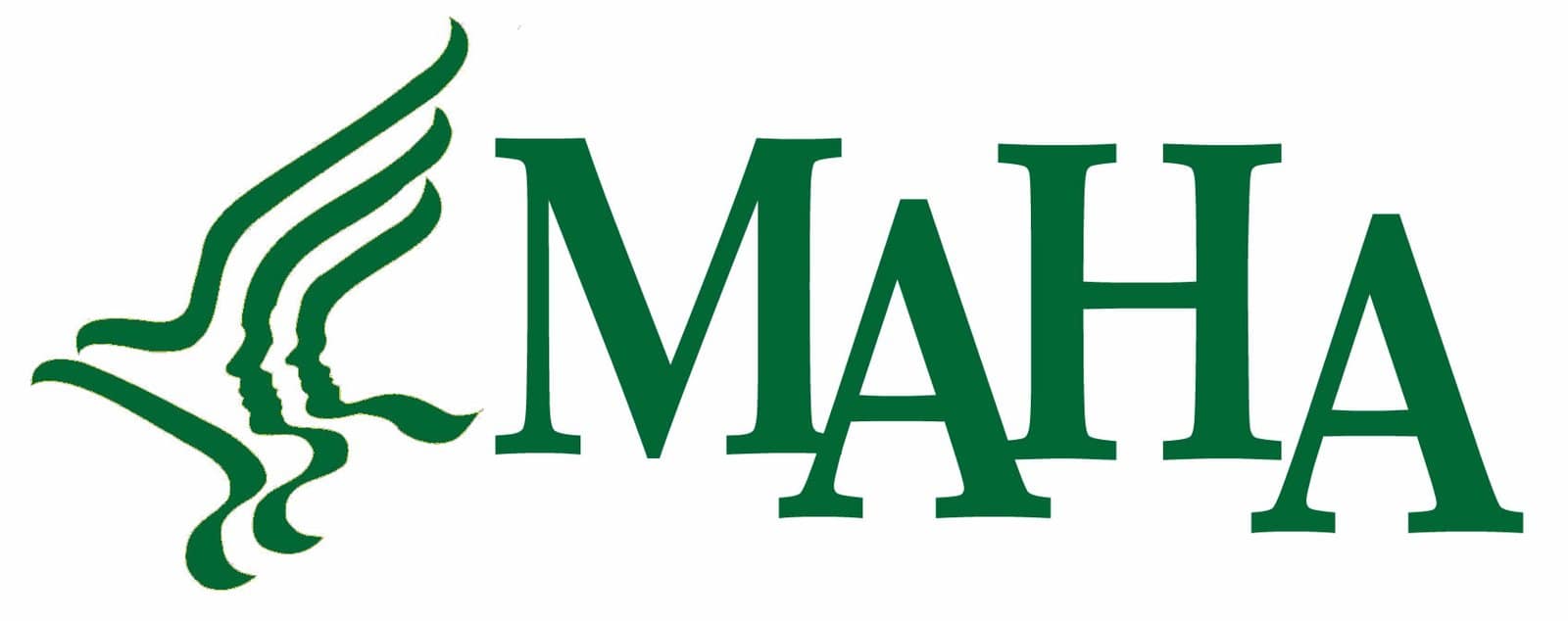Abstract from: https://www.e-epih.org/journal/view.php?number=1177 Visit this link for complete information. All medical decisions should be made by a medical professional.
Effectiveness of hydrogen peroxide as auxiliary treatment for hospitalized COVID-19 patients in Brazil: preliminary results of a randomized double-blind clinical trial
- OBJECTIVES
To evaluate the effectiveness of hydrogen peroxide (H2O2) in the form of mouthwash and nasal spray as an auxiliary treatment for coronavirus disease 2019 (COVID-19). - METHODS
Forty hospitalized patients who tested positive for severe acute respiratory syndrome coronavirus 2 using a reverse-transcription polymerase chain reaction test were evaluated. They were randomly divided into an experimental group (n= 20; gargling with 1.0% H2O2 and nasal wash with 0.5% H2O2) or a control group (n= 20). The solutions were used for 7 days and the patients were monitored every 2 days, for a total of 8 days. At check-ups, patients were asked about their symptoms and possible adverse effects of the solutions. The presence and severity (mild, moderate, or severe) of symptoms were recorded. Data were compared using the Student test and the Fisher exact test (α= 0.05). - RESULTS
There was no significant difference between the 2 groups in the length of hospital stay (p= 0.65). The most frequent symptom on day 0 was coughing (72.0% in the experimental group and 76.5% in the control group), which abated over time. There was no significant difference between the groups in the evaluated symptoms. Most (75.0%) of the patients in the experimental group presented a reduction in dyspnea between days 0 and 2. Few patients reported adverse effects from the use of the solutions. - CONCLUSIONS
H2O2 as a mouthwash and nasal spray is safe to use. There is insufficient evidence to demonstrate that H2O2 is effective as an auxiliary treatment for hospitalized COVID-19 patients.
An approved formulation with a very dilute hydrogen peroxide may be used as nasal cleanser to act as a nasal cleanser. It is not intended to be cure, just a preventive measure to wash out foreign particle before the have chance to incubate.
RESULTS
- H2O2 has been used in dentistry for more than 70 years. In some situations, H2O2 at concentrations below 3% was used daily for up to 6 years, causing occasional and transient irritating effects only in a small number of individuals. In the present study, which used concentrations of 0.5% (nasal spray) and 1.0% (gargle), few patients reported adverse effects after using the solutions. The most common effects were a burning sensation in the throat and in the nose, demonstrating its safety for use in low concentrations for 7 days. Some effects, such as nasal burning, diminished over time. Thus, the prolonged use of H2O2 for a longer period than in the present study still deserves further research.
- In conclusion, H2O2 as a mouthwash (1.0%) and nasal spray (0.5%) is safe to use by patients. Some improvement trends in dyspnea could be observed. However, there is insufficient evidence to demonstrate that H2O2 is effective as an auxiliary treatment for hospitalized COVID-19 patients.

